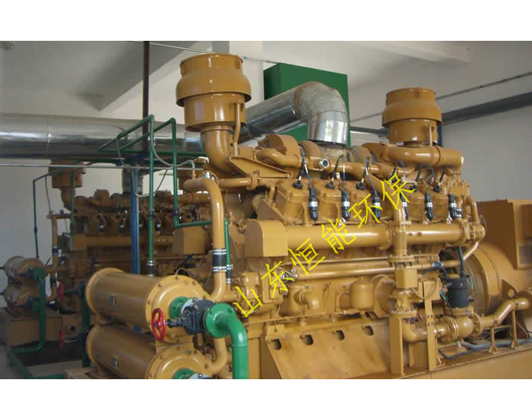歡迎進入betway开户网站
歡迎進入betway开户网站
生物脫硫技術的優(you) 缺點
 首頁- betway体育入口 > 行業資訊
首頁- betway体育入口 > 行業資訊
 2024-05-07
2024-05-07
生物脫硫技術的優(you) 缺點
Advantages and disadvantages of biological desulfurization technology
生物脫硫技術,也稱為(wei) 生物催化脫硫(BDS),是一種利用微生物或其含有的酶來催化含硫化合物(如H2S、有機硫),將其所含的硫釋放出來的過程。這種技術具有以下優(you) 點:12
Biological desulfurization technology, also known as biocatalytic desulfurization (BDS), is a process that utilizes microorganisms or their enzymes to catalyze sulfur-containing compounds (such as H2S, organic sulfur) and release the sulfur they contain. This technology has the following advantages: 12
高效性。生物脫硫技術對廢氣中的硫化物具有很高的去除效率,通常可達到98%以上。
Efficiency. Biological desulfurization technology has a high removal efficiency for sulfides in waste gas, usually reaching over 98%.
低成本。該技術的運行成本較低,主要是因為(wei) 能耗較低。
Low cost. The operating cost of this technology is relatively low, mainly due to lower energy consumption.
環保性。生物脫硫技術不產(chan) 生二次汙染,並且可以將廢氣中的有害物質轉化為(wei) 有用的物質。
Environmental friendliness. Biological desulfurization technology does not generate secondary pollution and can convert harmful substances in exhaust gas into useful substances.
適應性廣。該技術適用於(yu) 各種不同的廢氣處理需求,適用於(yu) 農(nong) 業(ye) 廢棄物、城市垃圾、工業(ye) 廢水等多種類型的沼氣生產(chan) 過程。
Wide adaptability. This technology is suitable for various waste gas treatment needs and is suitable for various types of biogas production processes such as agricultural waste, urban garbage, industrial wastewater, etc.
運行穩定。生物脫硫技術生產(chan) 的單質硫水溶性良好,不易堵塞管道,與(yu) 傳(chuan) 統幹法脫硫工藝相比,減少了堵塞的風險。
Stable operation. The elemental sulfur produced by biological desulfurization technology has good water solubility and is not easy to block pipelines. Compared with traditional dry desulfurization processes, it reduces the risk of blockage.
無二次汙染。生物脫硫產(chan) 生的單質硫可以通過沉澱方式直接回收利用,不會(hui) 產(chan) 生二次汙染。
No secondary pollution. The elemental sulfur produced by biological desulfurization can be directly recovered and reused through precipitation without generating secondary pollution.
勞動強度低。生物脫硫工藝運行穩定,基本不需要設備維護,與(yu) 傳(chuan) 統幹法脫硫工藝相比,勞動強度較低。
Low labor intensity. The biological desulfurization process operates stably and basically does not require equipment maintenance. Compared with traditional dry desulfurization processes, it has lower labor intensity.

然而,生物脫硫技術也存在一些缺點:
However, biological desulfurization technology also has some drawbacks:
運行條件要求嚴(yan) 格。該技術對微生物的生長環境條件要求較高,如溫度、pH值、營養(yang) 物質等,這需要對操作過程進行精確控製以確保微生物的正常生長和作用。
Strict operating conditions are required. This technology requires high environmental conditions for the growth of microorganisms, such as temperature, pH value, nutrients, etc. This requires precise control of the operating process to ensure the normal growth and function of microorganisms.
操作複雜。生物脫硫技術可能需要專(zhuan) 業(ye) 的維護和管理,對溫度和pH值敏感。
The operation is complex. Biological desulfurization technology may require professional maintenance and management, and is sensitive to temperature and pH values.
本文由生物脫硫19友情奉獻。更多有關(guan) 的知識請點 擊:https://www.echo-vortex.com真誠的態度為(wei) 您提供為(wei) 的服務,更多有關(guan) 的知識我 們(men) 將會(hui) 陸續向大家奉獻,敬請期待。
This article is a friendly contribution from Biological Desulfurization 19. For more information, please click on: https://www.echo-vortex.com Sincere attitude will provide you with excellent service, and we will gradually contribute more relevant knowledge to everyone. Stay tuned.